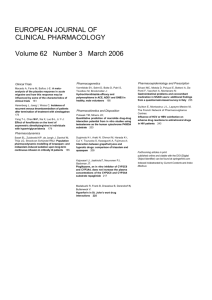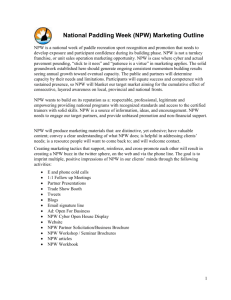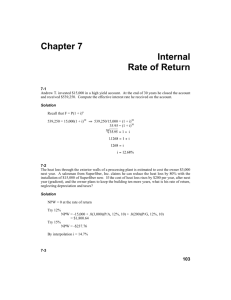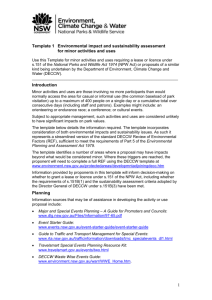sup_information_revison_1_ready
advertisement
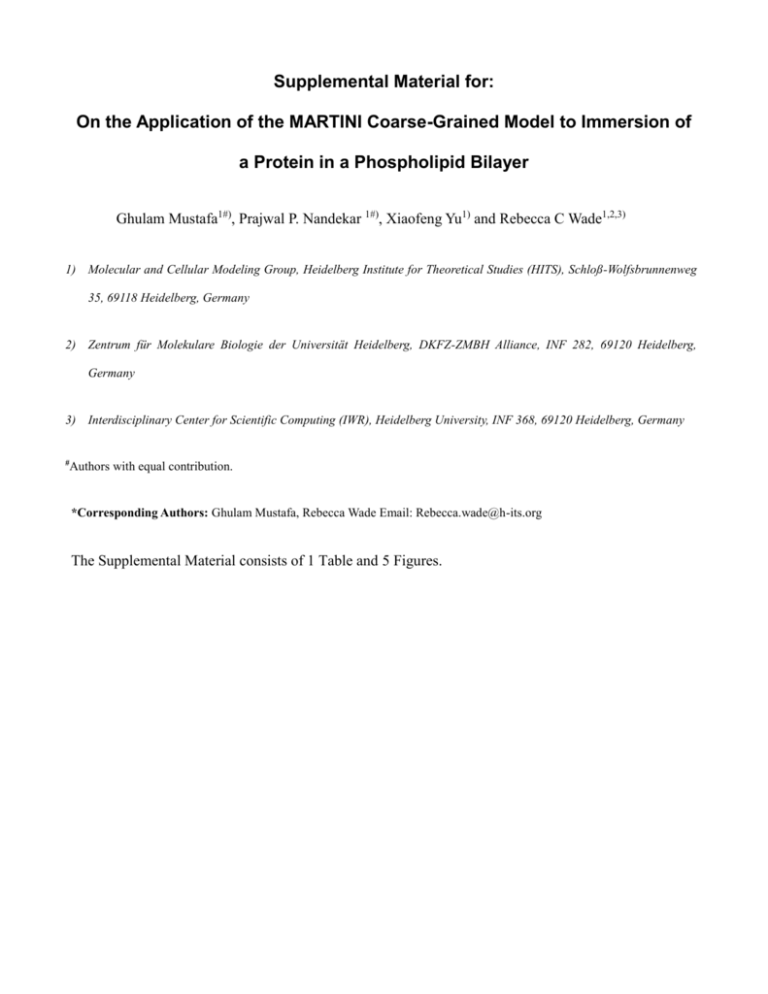
Supplemental Material for: On the Application of the MARTINI Coarse-Grained Model to Immersion of a Protein in a Phospholipid Bilayer Ghulam Mustafa1#), Prajwal P. Nandekar 1#), Xiaofeng Yu1) and Rebecca C Wade1,2,3) 1) Molecular and Cellular Modeling Group, Heidelberg Institute for Theoretical Studies (HITS), Schloß-Wolfsbrunnenweg 35, 69118 Heidelberg, Germany 2) Zentrum für Molekulare Biologie der Universität Heidelberg, DKFZ-ZMBH Alliance, INF 282, 69120 Heidelberg, Germany 3) Interdisciplinary Center for Scientific Computing (IWR), Heidelberg University, INF 368, 69120 Heidelberg, Germany # Authors with equal contribution. *Corresponding Authors: Ghulam Mustafa, Rebecca Wade Email: Rebecca.wade@h-its.org The Supplemental Material consists of 1 Table and 5 Figures. TABLE SI. Mean and standard deviation for angles and distances defining the CYP globular domain position with respect to the bilayer computed from averaging over snapshots obtained after convergence of the trajectories for the CYP-bilayer systems. For CYP3A4, the coarse-grain (CG) simulations using the PW and NPW models and different non-bonded interaction treatments show similar angles and distances and these are similar to those in AA simulations, showing convergence of the protein orientation and depth in the bilayer. In CG simulations for the other CYPs, different converged orientations and depths are obtained, showing that these are dependent on the protein sequence and structure. Protein Method Water model CYP3A4 CG NPW Nonbonded treatment RF 139.3±6.1 TM helix tilt angle γ (°) 30.5±7.4 COM distance (Å) 42.0±1.9 CYP3A4 CG PW 66.2±4.6 144.3±5.0 34.4±8.3 42.1±1.4 CYP3A4 CG 15 64.6±6.4 139.7±6.4 29.5±9.2 44.2±2.2 CYP3A4 PME 1 58.1±2.2 134.9±2.7 39.3±4.2 43.9±1.6 NPW RF 15 84.5±9.2 118.8±8.9 16.0±6.7 45.4±1.8 CG NPW RF 15 99.2±6.6 135.9±6.5 18.0±6.0 45.1±1.9 CYP2C9 CG NPW RF 15 88.4±6.7 111.8±6.8 15.5±7.0 42.3±2.0 CYP2C19 CG NPW RF 15 96.9±7.1 130.7±14.1 13.0±6.7 47.3±1.9 Epsr Angle α (°) Angle β (°) 15 64.7±6.5 PME 2.5 PW Shift AA TIP3P CYP1A1 CG CYP1A2 FIG S1. The distribution of lipid molecules into boundary and non-boundary lipids represented by green and blue polygons for the representative structure in all-atom representation obtained at the end of the CG simulation with the NPW model and RF. The red * mark shows the center of mass of each lipid molecule. The area per lipid is computed by Voronoi tessellation for non-boundary and Monte Carlo integration for boundary lipids using the VTMC method.1 FIG. S2. The geometric parameters observed for CYP3A4 in the membrane in the all-atom MD simulation. These show a stable orientation of the globular domain of the protein during the simulation. a b FIG S3. Comparison between the orientation and depth of the globular domain of CYP3A4 in the bilayer in the CG and AA simulations. Normalized distributions of the distance between the CoM of the globular domain of the protein and the CoM of the lipid bilayer are shown for CG in black and AA in red (a); and the angle α is shown in black for CG and red for AA and the angle β is shown in green for CG and in blue for AA (b). a b c ) d FIG. S4. Convergence of the position of different CYPs (a.1A1, b.1A2, c.2C9 and d.2C19) with respect to the bilayer in CG simulations with the NPW model and with RF run with GROMACS 5.0.4. The distance between the center of mass (CoM) of the globular domain of the protein and the CoM of the bilayer is shown by the green line, the angle αbetween v1 and the z-axis by the black line, and the angle β between v2 and the z-axis by the red line. a b FIG. S5 a,b. The representative frame (yellow cartoon) from the CG simulation of CYP3A4 with the NPW model is superimposed on the coordinates obtained from the OPM database (a) PDB id: 1TNQ (cyan), (b) PDB id: 3NXU (green). The phosphate atoms in the head groups of the simulated bilayer are shown as orange spheres and the surface of the membrane provided by the OPM database is shown by the disks of pink and blue dummy atoms. Although the CG simulations were performed using the 1TNQ structure, the orientation in the membrane obtained agrees better with the orientation for the 3NXU structure in the OPM database. REFERENCES: 1 T. Mori, F. Ogushi, and Y. Sugita, J. Comput. Chem. 33, 286 (2012).
